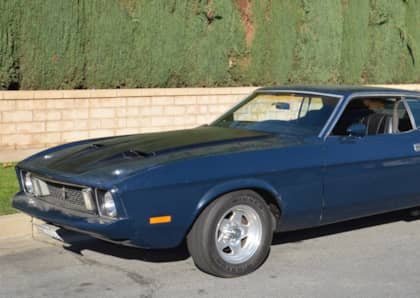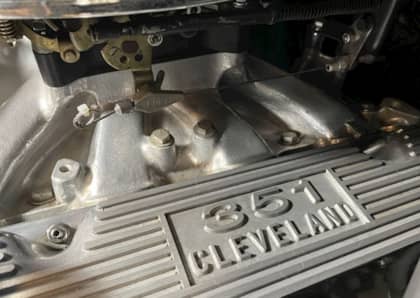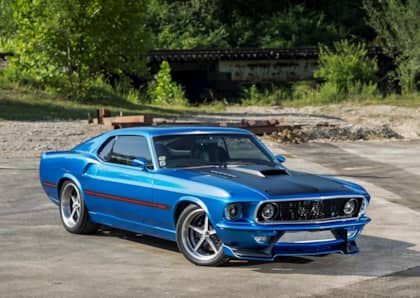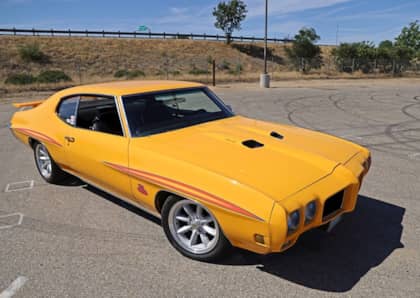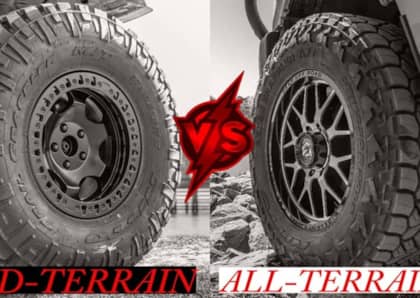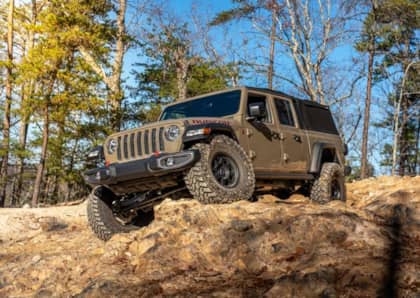Unsung Hero: Why the 1971-73 Mustang Might be the Best Classic Mustang
When it comes to the classic Ford Mustangs (pre 1974 for the sake of argument) all of the models and body styles have their fans.
For some it’s the classic 1964-1/2 that started it all. Or the 1965 Shelby GT350 fastback that shined a new light on the Mustang as a performance car. Then came the iconic Mustangs like the ’69 Boss 302 and its larger displacement counterpart the Boss 429, as beloved today as they were when new.
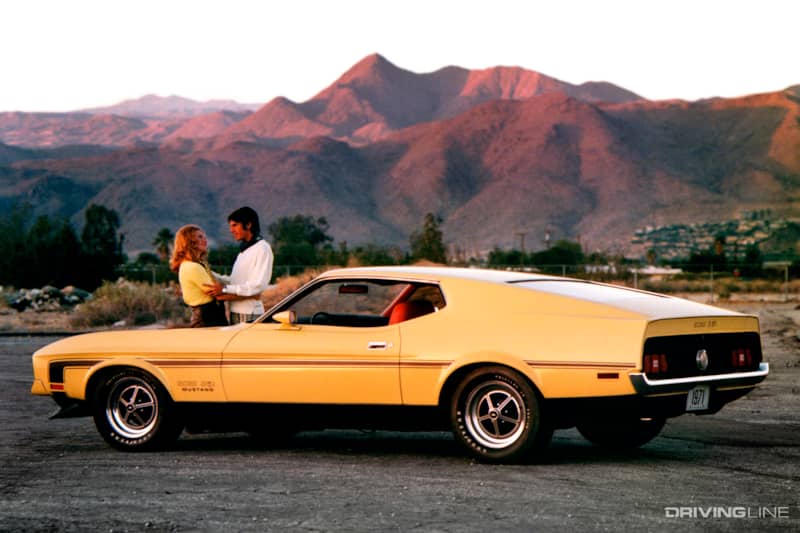
But despite being a significant part of Mustang history, the 1971-73 models—particularly the fastback or “sportsroof” body style is a car that doesn’t always get the respect and attention it deserves.
Here are some reasons why these cars might just be the best of the classic Mustangs.
The Look
While its underpinnings didn’t differ much from the Mustangs that came before it, the look of the redesigned ’71 Mustang was quite different.
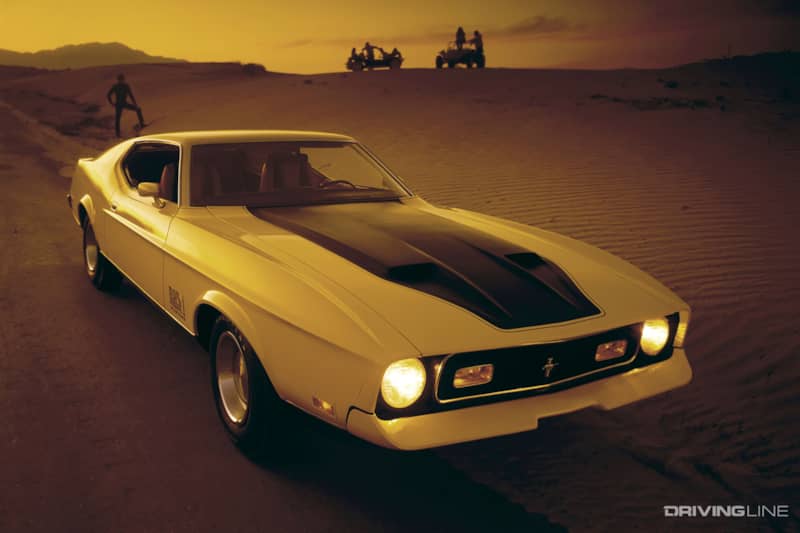
The 1971 Mustang was moderately wider and longer than the 1970 model, but its styling made it look even more so, with a long nose and a roofline on the fastback models that sloped all the way to the rear.
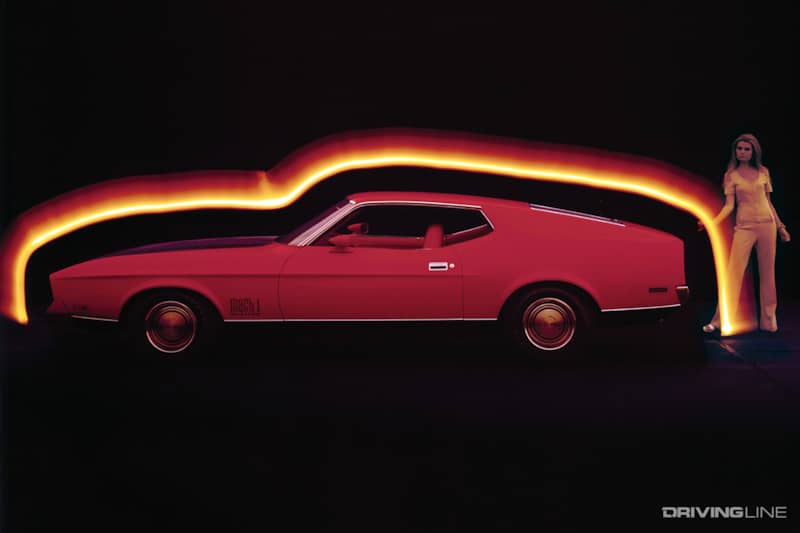
With a redesigned Camaro and the newcomer Challenger and ‘Cuda on the pony car market, these styling updates aimed to give the Mustang a sleeker, more muscular look and it worked well.
The Performance
When it comes to performance, the '71-'73 carries over the same basic chassis layout and powertrain choices that made the earlier cars so successful. Engine options were plentiful, ranging from a base 250 cube inline-six to the 302 small block, to the potent 351 Cleveland and the big daddy 429 Cobra Jet.
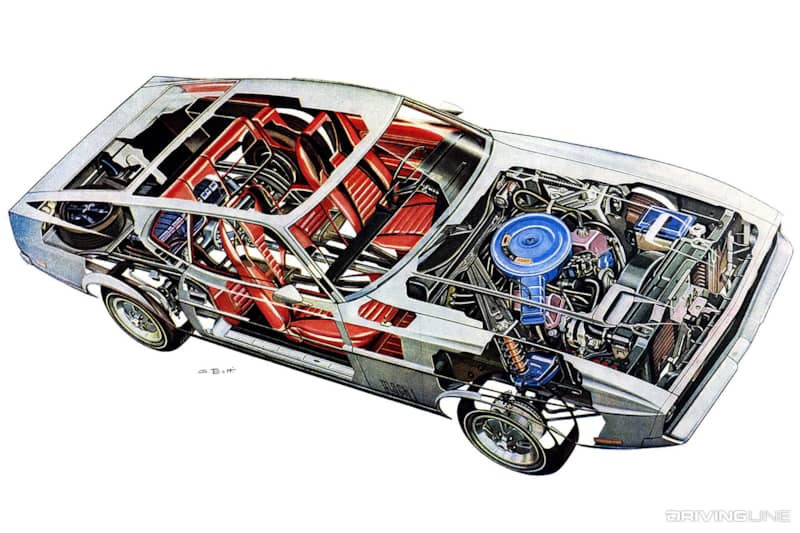
Even more important today is that the aftermarket for these cars is essentially the same as the older Mustangs, meaning you can find just about anything—whether you are looking to go faster, handle better, get better fuel economy and reliability or anything else.
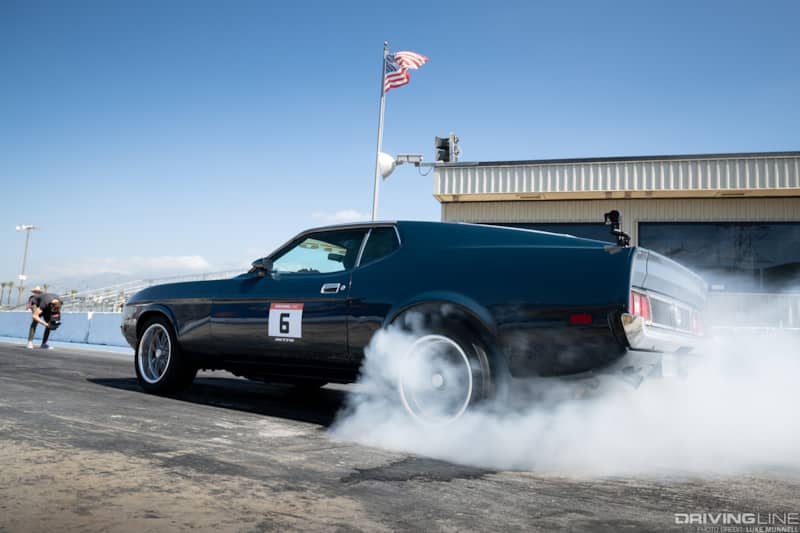
Bang for the Buck
While the the ’71-’73 Mustangs have plenty of fans, you’ll find that fastback/sportsroof cars from these years are often quite bit cheaper than the ultra desirable 1970 and earlier Mustang fastbacks.
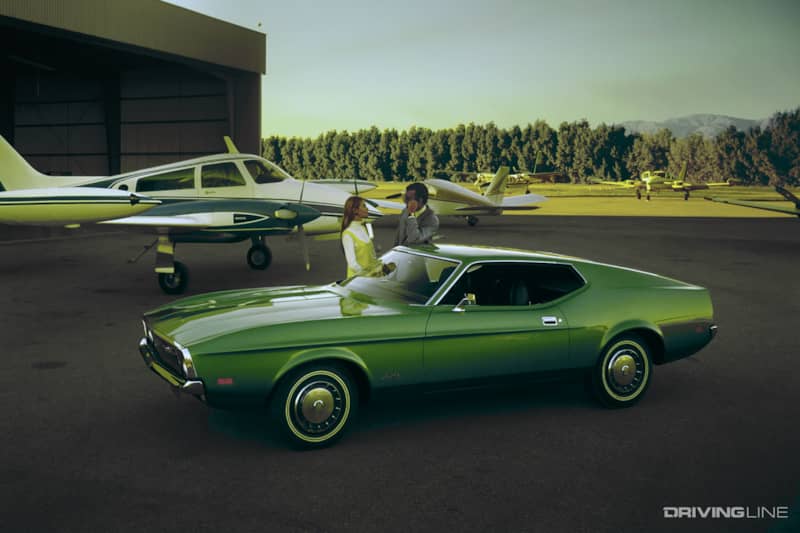
A quick look around West Coast classified ads suggests you can get a decently restored ’71-’73 Mach 1 for around $30,000, solid drivers for under $20,000 and running projects for much less than that.
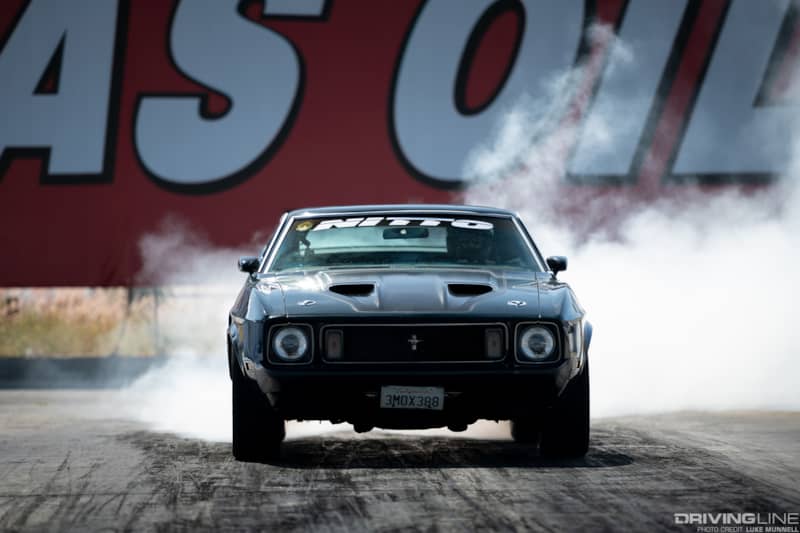
Obviously the rare and desirable factory optioned cars are going to bring big bucks, but the more common models still delver great bang for the buck.
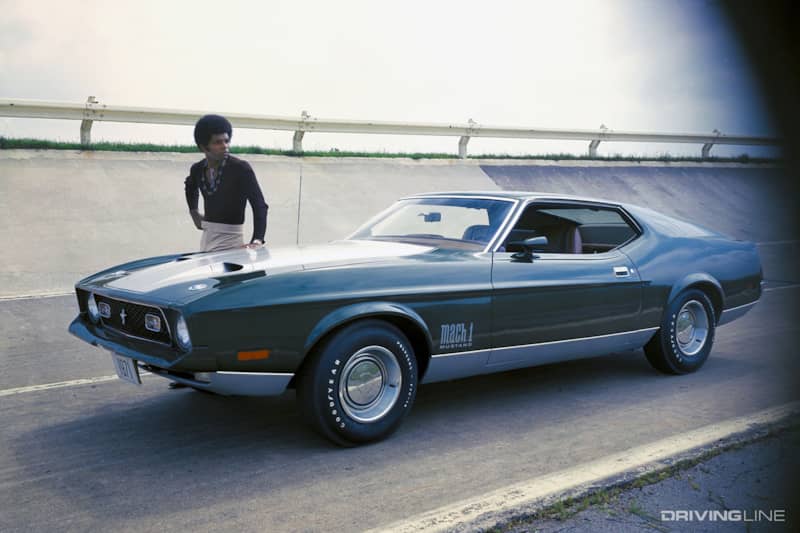
A Movie Star
As an added benefit, this generation of Mustang also cemented its status as an automotive icon after starring in the cult classic 1974 car chase film Gone in 60 Seconds.
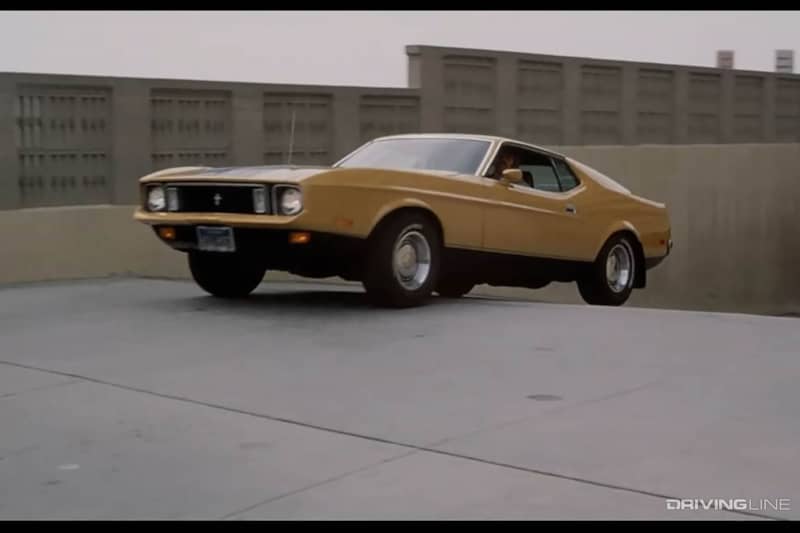
Sadly most people will identify “Eleanor” with the GT500 from the 2000 Nick Cage remake Gone in 60 Seconds, but the ’73 Mustang from the original is the real deal—and in our opinion one of the greatest movie cars of all time.
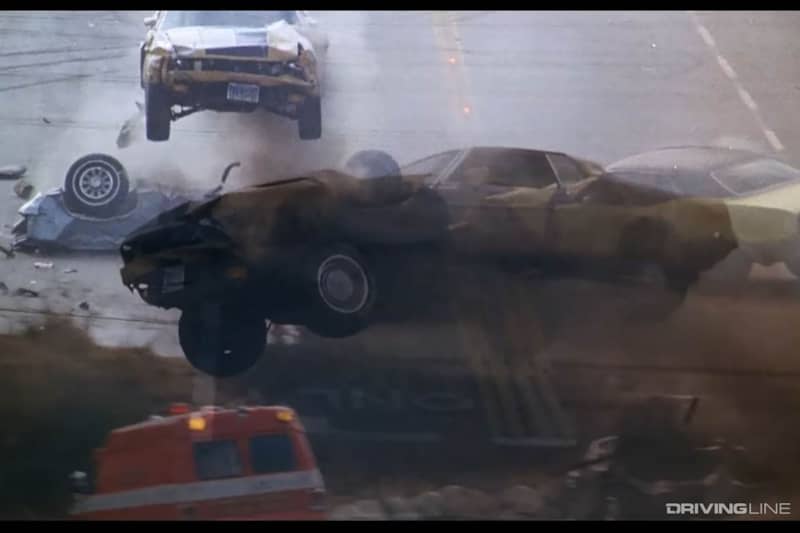
And speaking of movies, we can't leave out the fact this generation of Mustang also was immortalized as a Bond car in Diamonds are Forever.
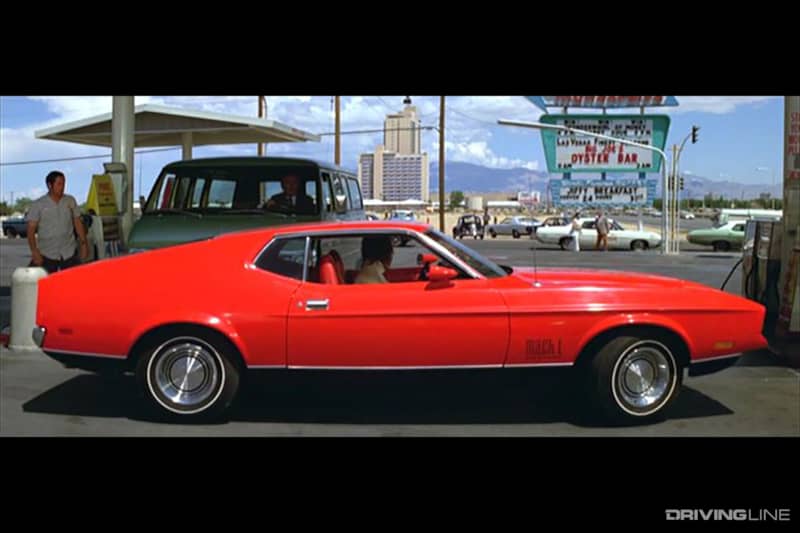
A Character All Its Own
If there’s one unfortunate thing about classic Mustangs is that there are just so many of them out there. Classic car meets and cruise nights are full of 1960s Mustangs built in every way imaginable.
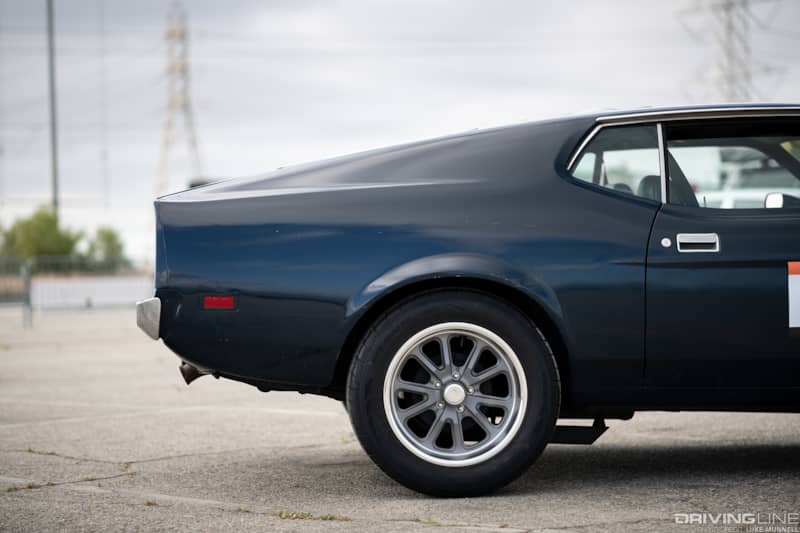
The 1971-1973 cars though, are far less common while still delivering all the benefits of classic Mustang ownership—and great looks to boot.
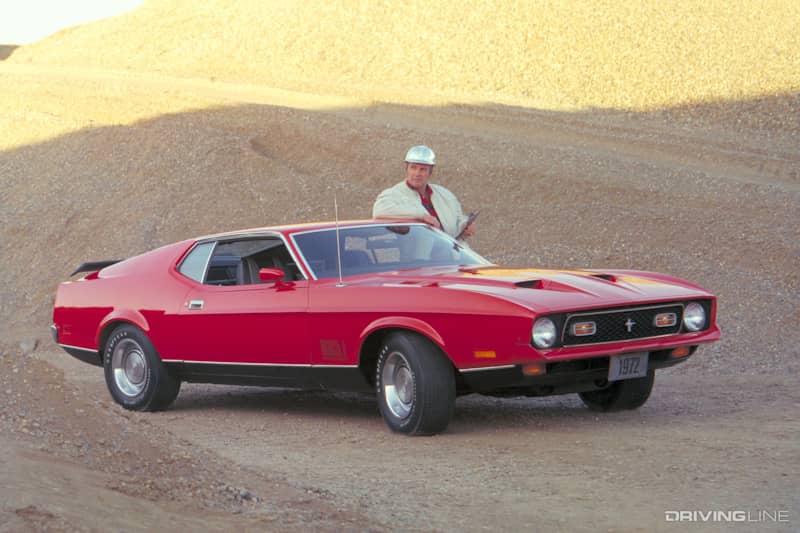
Somewhat overlooked in between the beloved Mustangs of the ‘60s and the controversial Mustang II of the mid ‘70s, for the reasons above the ’71-’73 Mustang might just be the best of the breed.
More From Driving Line
- Want to see one of these Mustangs in action? Watch a 1973 Mach1 square off in a drag battle against a 2016 Mustang GT.
- Better than Bullitt? More reasons why the 1974 Gone in 60 Seconds Eleanor is the best movie Mustang ever.
- And here are five tips for beginning a project car using the 1973 Mach 1 as our subject.




